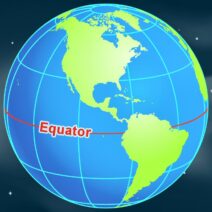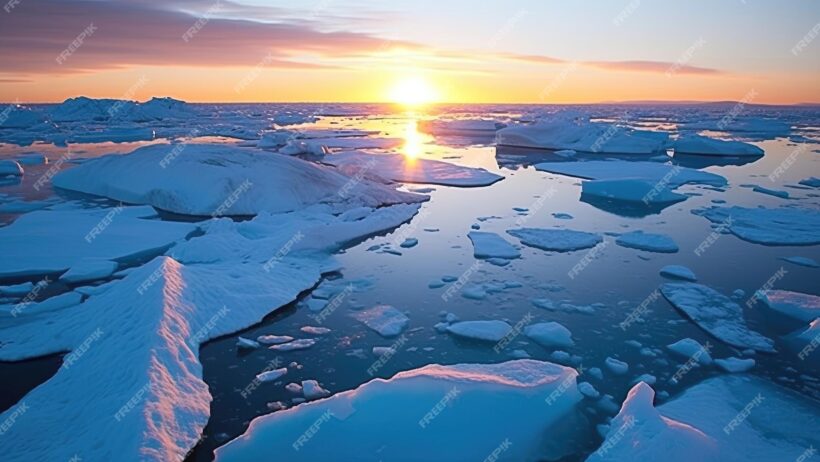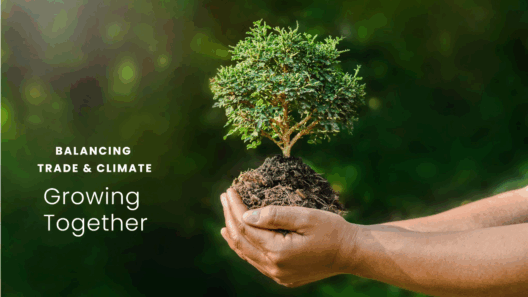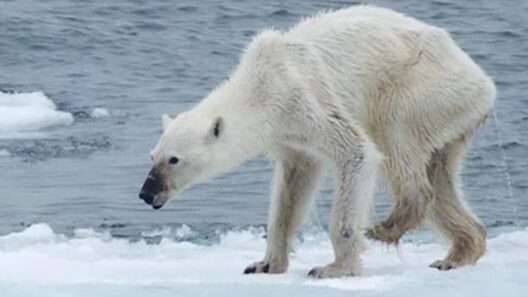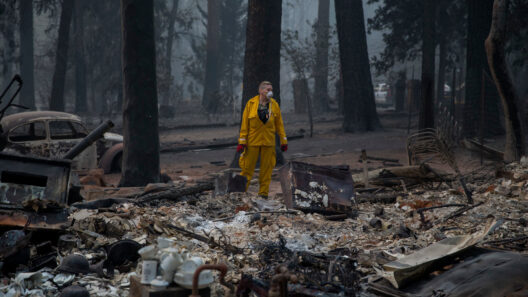In the face of mounting climatic upheaval, the tundra stands as a silent sentinel—the last bastion of unspoiled beauty in our rapidly changing world. Cloaked in a carpet of snow and ice, this austere landscape resonates with both fragility and resilience. However, beneath the surface of its frozen expanse, a tremor of transformation is underway, fueled by the relentless hand of global warming. As thermometers rise and permafrost thaws, the delicate balance of the tundra’s ecosystem teeters on the edge of collapse.
The tundra, often described as “the land of the midnight sun,” is an ecosystem that thrives on extremes. It is a canvas where life persists in the harshest conditions. Yet, this vivid landscape is not immune to the sweeping changes wrought by climate disruption. Over the past few decades, temperatures in polar regions have surged at an alarming rate, manifesting in phenomena that are as exasperating as they are heartbreaking. Glaciers that once languidly carved the earth have become mere remnants of their former selves, hastening the melt of polar ice caps and exacerbating sea-level rise.
The most immediate consequence of this warming is the thawing of permafrost—a phenomenon that acts like a time capsule, sequestering organic material for millennia. As temperatures rise, this icy fortress liquefies, releasing not only carbon dioxide but also methane—a greenhouse gas with a potency thirty times greater than carbon dioxide over a century. Like a ticking time bomb, the tundra’s melting permafrost unleashes potential environmental catastrophes that could spiral into a feedback loop of climate change exacerbations.
Moreover, the inhabitants of these polar realms are caught in this unpredictable maelstrom. Species that have adapted over eons to survive the rigors of freezing temperatures now find their habitats altered irreparably. Arctic foxes, migratory birds, and seals face challenges as their food sources dwindle and breeding grounds become inhospitable. The majestic polar bear, often lauded as the icon of climate vulnerability, is slowly being stripped of its hunting grounds as sea ice diminishes. In their desperate quest for survival, these creatures become poignant symbols of a world at risk of losing its most fragile inhabitants.
The tundra’s stark beauty belies its sensitive nature. People, too, feel the reverberations of this climatic upheaval. Indigenous communities, whose ways of life are interwoven with the rhythms of the seasons, confront existential threats as the land they have inhabited for generations shifts beneath them. Their traditional knowledge, a treasure trove of ecological wisdom, is increasingly challenged by these rapid changes. Ancient hunting paths are no longer viable; migratory patterns of animals shift unpredictably, leaving communities grappling with food insecurity. Such transformations echo the broader plight of humanity in the face of climate change, fostering a sense of urgency and action that is vital for the survival of both the tundra and its stewards.
The implications of these environmental shifts extend far beyond the Arctic Circle. As polar ice melts, it contributes to rising global sea levels, endangering coastal communities around the world. This phenomenon renders ecological change as a harbinger of social and economic instability. The once tranquil shores of small island nations and coastal cities are now under siege from the tide of climate change, reflected in rising insurance costs and escalating relocation efforts. In this increasingly interconnected world, the challenges faced in the tundra resonate throughout the globe, illuminating the imperative of collective action.
Despite the bleak realities, there remains a glimmer of hope in the scientific community’s proactive response. Innovative strategies aimed at mitigating climate change are emerging, focusing on reducing emissions and enhancing carbon sequestration. Renewable energy technologies promise not only to lessen humanity’s carbon footprint but also to engage in a tangible battle against climate change’s grasp. Governments, organizations, and individuals must come together to champion these solutions, weaving a new narrative that prioritizes sustainability over consumption.
Education plays a pivotal role in this endeavor. By promoting awareness of the significance of polar regions and their ecosystems, a ripple effect can be ignited, urging individuals to participate in advocacy and conservation efforts. Cultivating an appreciation for the tundra’s unique beauty fosters a sense of responsibility to protect this fragile biome. Interactive educational initiatives, such as virtual explorations of melting glaciers or participatory workshops on local biodiversity, can inspire the next generation to stand as custodians of the climate.
The time for debate has passed; it is imperative to act with urgency and resolve. The cry of the tundra, once an echo in the solitude of frigid landscapes, now calls for a chorus of voices united against climate change. Every increment of temperature that rises in these polar regions reverberates in our hearts and homes. A formidable challenge lies ahead, yet if the world can learn from the lessons etched into the ice and soil of the tundra, there exists a chance to forge a path toward a more sustainable future—a future where the icy beauty of polar landscapes persists, undeterred by the tremors of change.
In conclusion, the tundra’s tremor symbolizes much more than a climatic crisis; it reflects the fragility of our planet’s delicate equilibrium. Global warming’s impact resonates across the globe, reminding us that our actions today will shape the world of tomorrow. As stewards of the Earth, the obligation to protect our polar regions and their ecosystems is not just a moral imperative—it is a necessity for the continuation of life, biodiversity, and the very fabric of our existence.


